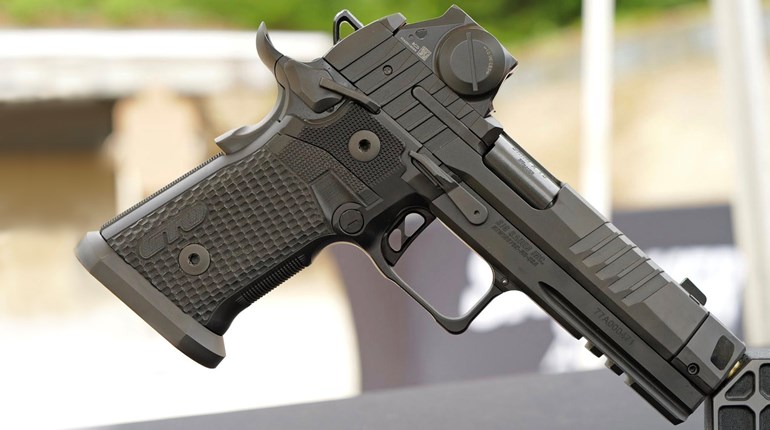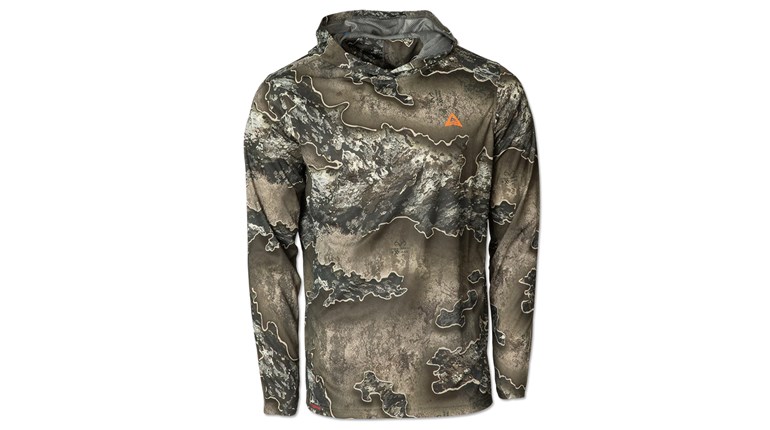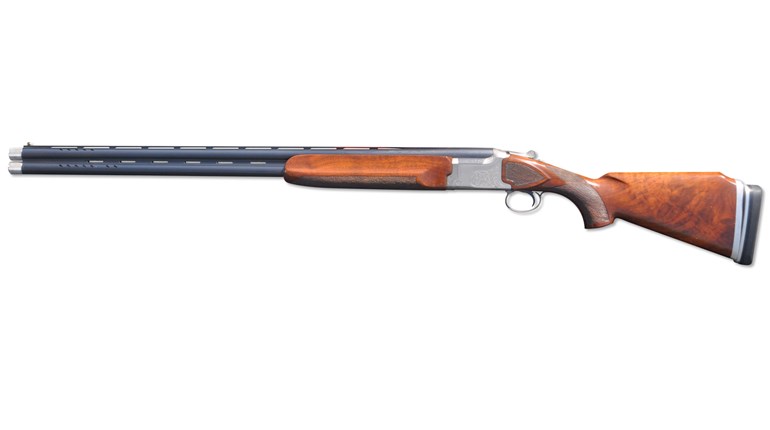
Time for a pop-quiz, class.
First question: What country adopted the first practical semi-automatic rifle for military use?
Second question: What was the first semi-automatic military rifle used by the German Military?
OK, time is up, pencils down.
If you answered the Mexican Model 1908 designed by General Manuel Mondragón, you would be correct on both counts!
With firearm-designing geniuses like John M. Browning, Hiram Maxim and Ferdinand Mannlicher populating the arms lockers of nearly every military armory on earth at the time, it is a little-known fact that General Manuel Mondragón of Mexico patented the first successful semi-automatic military rifle in 1904, from which the novel Model 1908 Mondragón was produced and used during the Mexican Revolution.
SIG (the original Swiss manufacturer) was contracted to make 4,000 rifles for the Mexican army, but only 400 were delivered due to cost (and the Mexican revolution). The remaining 3,600 rifles found a home with the Imperial German Army, where they were soon issued to the Imperial German Air Corps. They found limited service in the air during World War I, but the idea wasn’t lost on German arms designers, who revisited the idea of a semi-automatic rifle during the late 1930s and early stages of World War II.
The idea of a semi-automatic battle rifle had been championed as early as 1896 by Kaiser Wilhelm II, who asked Paul Mauser to develop a rifle that would work on the same principal upon which Mauser’s C96 “broomhandle” pistol operated. Mauser would literally die trying (and lose an eye in the process), as he was still involved in the project when he died in 1914. The major stumbling block was that Mauser’s initial design was fine for pistol cartridges, but wholly inadequate for the more powerful rifle rounds.
The armistice of November 1918 and the provisions of the Treaty of Versailles put an end to most German weapon development until the rise of the Nazis in 1933. Both Mauser and Walther worked on suitable semi-automatics, but were hampered by the Rifle Board’s requirements that the gun could not employ a “gas-port” system, as it was believed the port would easily corrode and wear out. (Mind you, this problem never materialized in the 6 million M1 Garands that employed a port.) A workaround was accomplished by trapping the gas in a cone at the muzzle and forcing the captured gas to work the operating rod.
Mauser worked on and developed its semi-automatic S/42 D rifle at the same time Walther worked on its version. Both were ready for tests in 1941, and both were named the G41: G41(M) for the Mauser product and G41(W) for the Walther entry. Both guns faced grueling tests and field trials which highlighted numerous flaws and reliability issues. In June of 1941, Germany invaded the USSR, and soon German troops were sending back captured supplies of Fedor Tokarev’s SVT 38 and SVT 40 semi-automatic rifles. The Soviet rifles had proven to be a formidable foe on the Eastern front, and Mauser and Walther soon adopted some of the operating features of the Tokarevs in their own designs.

Eventually the Walther design won out over the Mauser submission and the G41(W) was adopted in December of 1942. Serious flaws in the reliability of the gun in combat conditions led to its redesign, culminating in the adoption of the G43 rifle in October of 1943. Between October of 1943 and the end of the war, more than 400,000 G43s were manufactured by Walther, Berlin-Lübecker Maschinenfabrik and Wilhelm Gustloff-Werke. They were marked with manufacturing codes AC, DUV/QVE and BCD, respectively.
The G43 weighed slightly less than 10 pounds, fired the standard 8 mm (7.92x57 mm) German military cartridge and had a barrel length of 21.5 inches—the barrel length being nearly identical to the standard German infantry rifle, the Kar 98. The barrel length played a part in the rifle being renamed the K43 in 1944, so there was a consistency to the nomenclature between a Gewehr (rifle) and a Kar (carbine). There is, in fact, no difference between the G43 and the K43 other than the change in markings on the gun from mid-1944.
All the G43/K43 rifles were made with a mounting rail for the ZF4 scope, but it is thought that only 50,000 scoped G43/K43’s were actually fielded. For the collector, the presence of an actual war-time produced ZF4 scope will increase the value considerably.
The rifles were equipped with a detachable, 10-round-box magazine that would also allow the insertion of the standard five-round stripper clip to fill the magazine. Soldiers carried additional two-cell magazine pouches for a total of four magazines or the standard infantry ammunition pouches loaded with 60 rounds of ammo on stripper clips.
Between bayonets, slings and more, there is a variety of accoutrements and tools associated with the G43/K43, enough to keep most collectors busy for a lifetime. While complete rifles and scopes are costly, “Rough Forged,” a two-volume set of books by COL W. Darren Weaver (USA, ret.) is the best and most comprehensive illustrated guide to not only this remarkable rifle but the considerable history that went into its development and production.






































